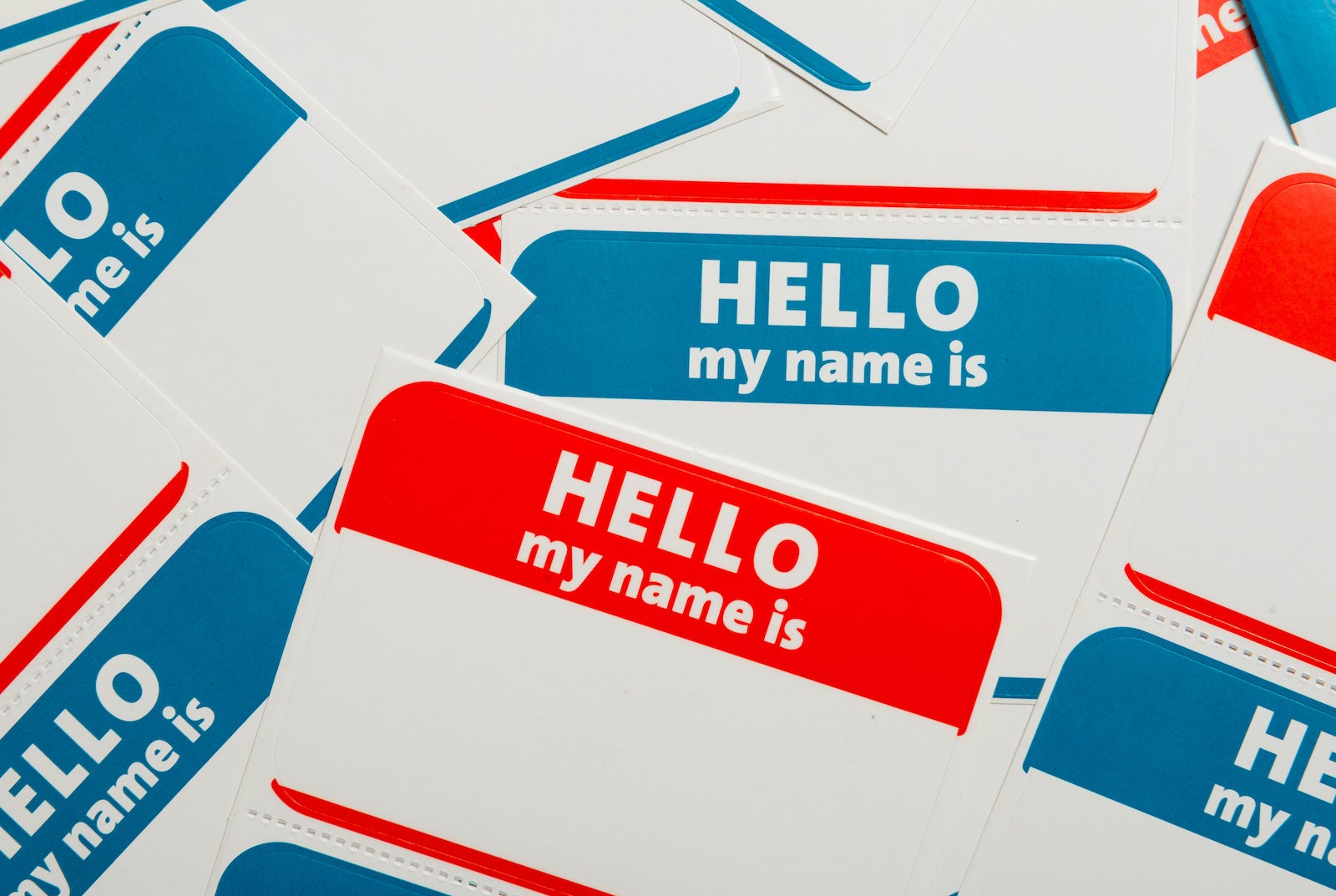Rarely in the history of the home furnishings business has there been such a split in how retailers are approaching their branding strategies. While most agree that brands are good things to have, there is a wide—and often wild—disparity in what to do with them.
Some national big-box retailers, like Target and Bed Bath & Beyond, have focused on private-label or owned brands—entities they control and sell without the need to pay third-party royalties. Others, like Macy’s and Walmart, are increasingly relying on licensing names from other areas (often fashion) and using them on exclusive programs. Still a third strategy, employed by lifestyle retailers like West Elm, Pottery Barn and Crate & Barrel, has seen these companies introduce limited-run capsule programs from celebrities, interior designers and other outside brands.
As if that wasn’t enough, off-pricers like HomeGoods and Ross have focused on goods—sometimes overruns, but increasingly not—that feature well-known brands. The fact that some of these names are past their prime is beside the point. If they evoke a feeling of familiarity somewhere in the recesses of the consumer’s mind, they’re still of use.
The latest round of brand introductions over the past few weeks alone shows the breadth of approaches retailers are taking:
» On Tuesday, Bed Bath & Beyond announced the second wave of its owned brand program, adding three more nameplates to the initial trio that debuted earlier this year. Our Table is a mid-price-point kitchenware brand with more than 1,000 SKUs; Wild Sage is a cross-category collection of hard and soft home products; and Squared Away features storage, organizational and cleaning products. Four more programs are expected by early next year, and the retailer expects these brands to collectively account for a third of its sales, or as much as $3 billion, within three years.
» Moving in the opposite direction is Walmart, which is introducing a home program with Gap—an online-only collection at the moment, with plans to take the line into physical stores eventually. For Gap, it’s a major expansion into new categories (though some old-timers may remember that the company owned a home retailer some 40 years ago by the name of Pottery Barn, before selling it to Williams-Sonoma).
» In the meantime, Macy’s announced it would be introducing a furnishings collection under the Anne Klein brand, putting a venerable apparel label into the home space for the first time. It’s a curious choice given that brand’s diminished stature in fashion, particularly with younger shoppers. And it continues the mash-up mix of private label (Hotel, INC), captured brands (Martha Stewart), and licensed names (Ralph Lauren, Calvin Klein) that the department store employs.
» Target, too, has a mix of brand origins, though it relies heavily on its own names, notably Threshold. One of its more high-profile programs in home right now is an exclusively licensed sub-brand from Chip and Joanna Gaines’s Magnolia Home. Earlier this year, the retailer also did a limited-run home collection from Levi’s.
» Over in the lifestyle channel, just about every major player—Pottery Barn and West Elm (both part of Williams-Sonoma); Crate & Barrel and CB2; and Anthropologie (which is owned by Urban Outfitters)—has been bringing in collections from outside names. Though these are often interior designers, they are also sometimes celebrities—as with CB2’s partnership with Gwyneth Paltrow’s Goop brand. This is a significant departure from their previous positioning of the store itself as a brand, with only very limited third-party names, usually in selected categories like housewares or rugs.
What does all of this activity suggest? Wherever the brands come from, and however retailers use them, they are important vehicles for selling home furnishings products—and there’s no one right way to do it. But in today’s market, you’d better have a brand strategy.
Homepage photo: ©Michael Flippo/Adobe Stock
____________
Warren Shoulberg is the former editor in chief for several leading B2B publications. He has been a guest lecturer at the Columbia University Graduate School of Business; received honors from the International Furnishings and Design Association and the Fashion Institute of Technology; and been cited by The Wall Street Journal, The New York Times, The Washington Post, CNN and other media as a leading industry expert. His Retail Watch columns offer deep industry insights on major markets and product categories.




























